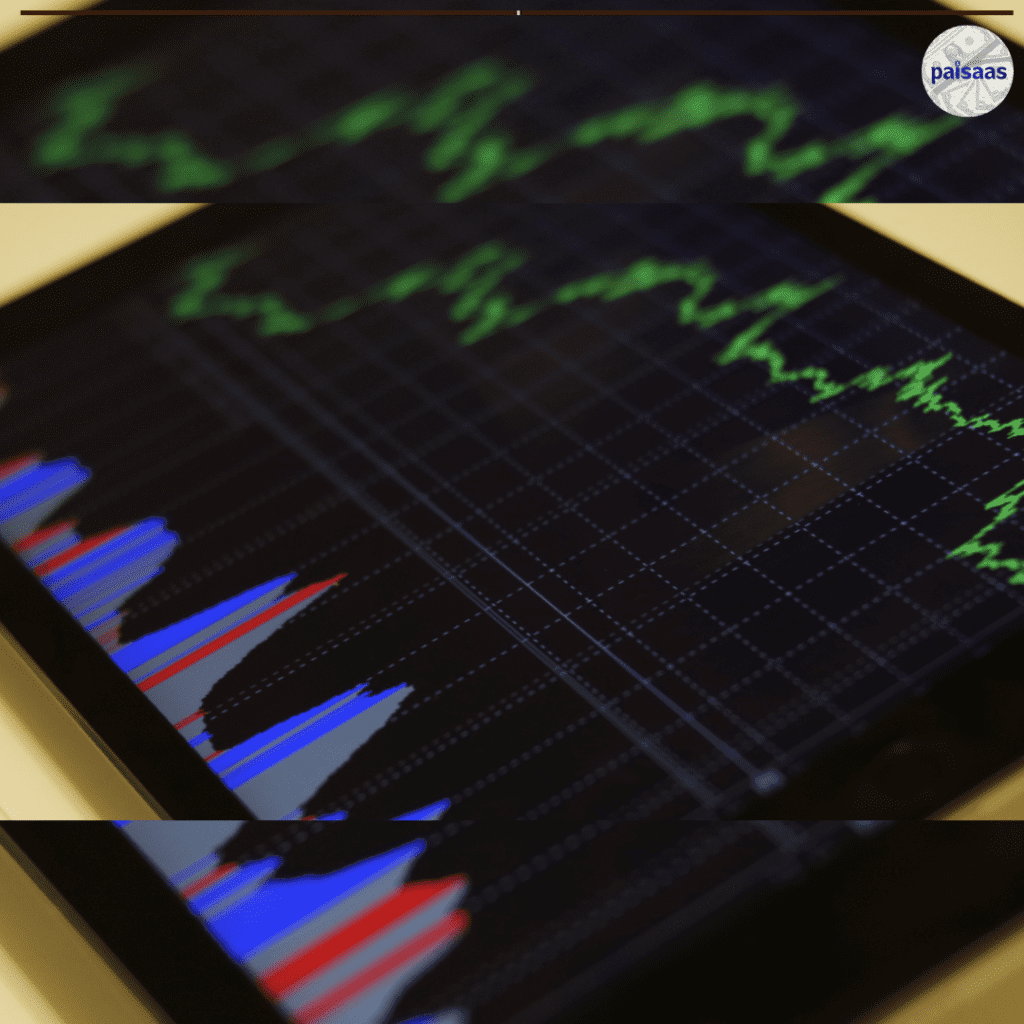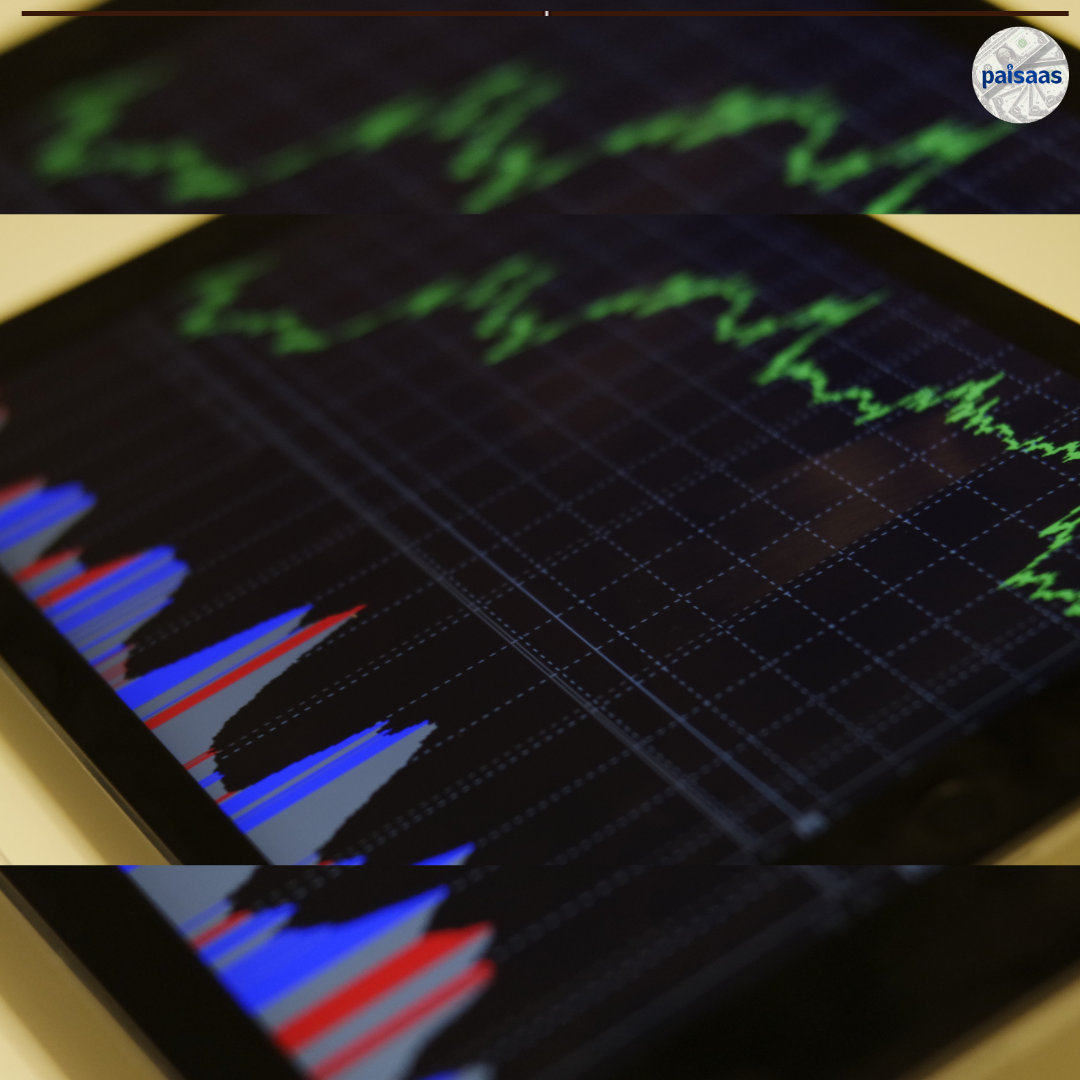

Leveraging Moving Averages for Effective Trend Identification and Trading Decisions in Stock Markets
Leveraging Moving Averages for Effective Trend Identification and Trading Decisions in Stock Markets
Introduction
Moving averages are widely employed by traders to identify trends and make informed trading decisions. These technical indicators smooth out price data over a specified period, offering insights into the direction and momentum of stock price movements. This article delves into the effective use of moving averages in stock trading and their role in trend identification and trading decisions.
Understanding Moving Averages
Moving averages come in various forms, with the two most commonly used being the Simple Moving Average (SMA) and the Exponential Moving Average (EMA). The SMA calculates the average price over a specific period, aiding in determining trend directions and support/resistance levels. On the other hand, the EMA assigns greater weightage to recent prices, making it responsive to short-term price changes and suitable for short-term trading strategies.
Identifying Trend Reversals
Moving averages play a crucial role in recognizing trend reversals. Traders often look for two notable crossovers: the Golden Cross and the Death Cross. A Golden Cross occurs when a shorter-term moving average, such as the 50-day SMA, crosses above a longer-term moving average, like the 200-day SMA. This indicates a bullish trend. Conversely, a Death Cross occurs when the shorter-term moving average crosses below the longer-term moving average, signaling a bearish trend. These crossovers offer valuable insights for traders to adjust their positions accordingly.
Confirming Trend Strength
Analyzing the slope of a moving average helps determine the strength of a trend. Steeper slopes indicate a robust trend, while flatter slopes suggest a weaker trend. Additionally, observing the relationship between the price and the moving average is crucial. If the price consistently stays above or below the moving average, it signifies a sustained trend. However, if the price repeatedly crosses back and forth over the moving average, it may indicate a weakening trend or a potential reversal.
Generating Trading Signals Moving averages provide traders with valuable trading signals. One common strategy is to use moving averages as dynamic support or resistance levels. When the price pulls back to a moving average and bounces off it, it can indicate a buying or selling opportunity. Traders often set stop-loss orders just below the moving average to manage risk.
Another approach is to use moving average breakouts as entry or exit triggers. When the price crosses above a moving average, it can indicate the start of a new upward trend, while a price crossing below a moving average can suggest the start of a downward trend. These breakouts are often used to confirm trade entries or exits, depending on the trading strategy.
Multiple Moving Average Strategies
Traders also utilize multiple moving averages to enhance their trading strategies. The Moving Average Crossover strategy involves using two moving averages of different lengths and generating trading signals based on their crossovers. For example, when the shorter-term moving average crosses above the longer-term moving average, it may indicate a buy signal, and vice versa.
The Moving Average Ribbon strategy involves plotting multiple moving averages of varying lengths on a chart. This technique helps traders identify trend changes and trade with the prevailing momentum. When the moving averages align and stack together, it suggests a strong trend, whereas diverging moving averages indicate a weakening trend.
Conclusion
Moving averages are valuable tools in stock trading, providing insights into trend identification and trading decisions. By understanding different types of moving averages, recognizing trend reversals and strength, and generating trading signals, traders can enhance their probability of success. However, it is crucial to combine moving averages with comprehensive analysis and adapt to evolving market conditions.




